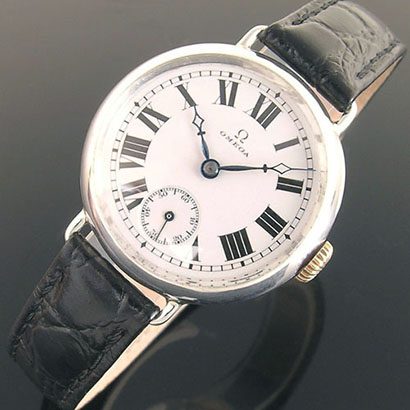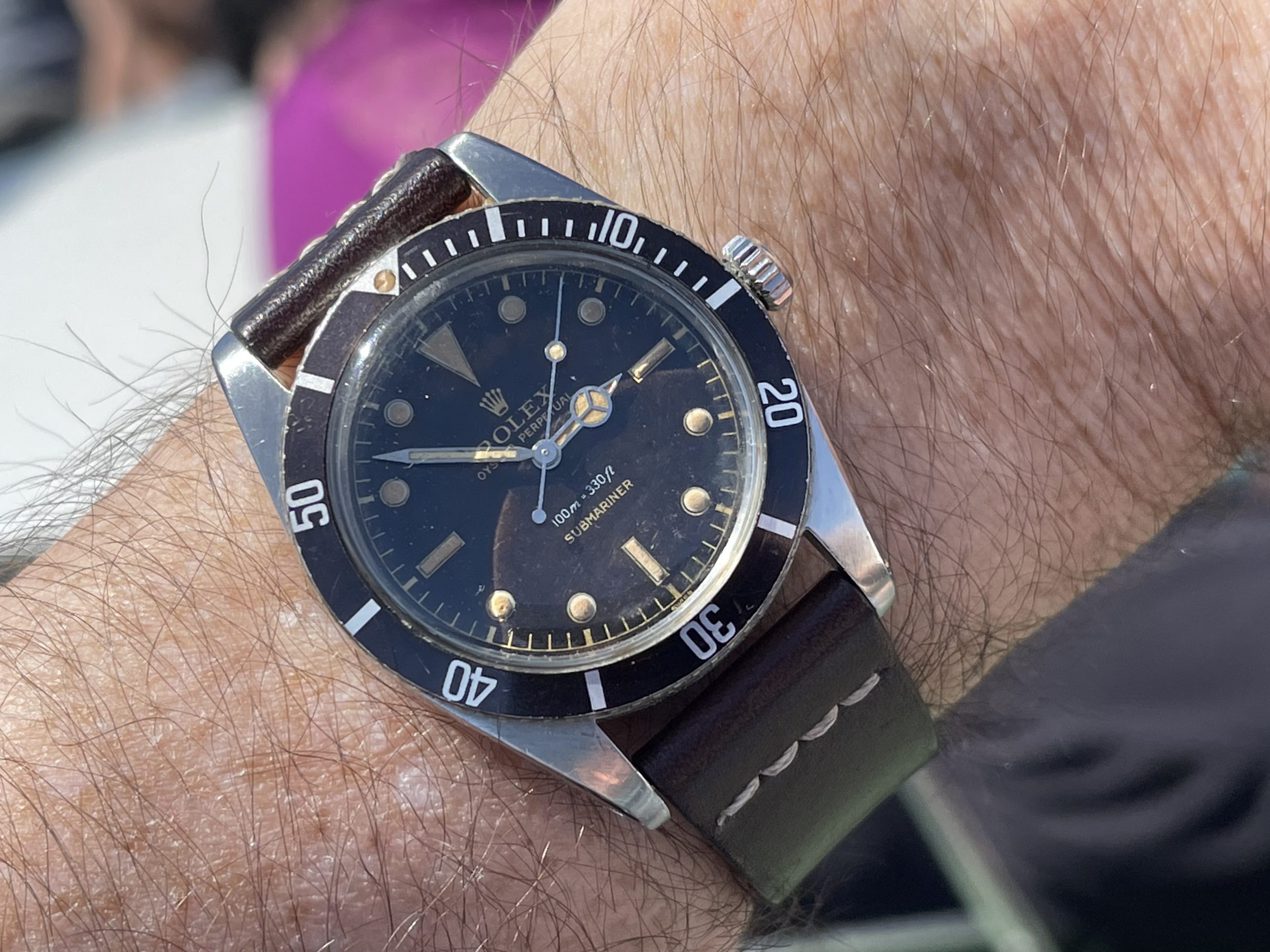HOW TO
SERVICE A WATCH YOURSELF
Your watch is your pride and joy. It’s a thing of beauty, a miracle of microengineering and expert craftsmanship, and therefore requires the very best treatment you can give it. Just like a pet, a watch is not just for Christmas. Make sure to keep it in the very best condition for years to come so you may continue to experience the joy you felt when you first bought it.
Everyone’s heard the saying “even a broken watch tells the right time twice a day” but you want your vintage timepiece to be accurate and reliable 24/7 so you can wear it with pride. Keep an eye on the accuracy of its timekeeping, any inconsistencies in the winding of the movement or damage to the case or lens. A regular service will help retain the value of your watch if you ever wish to sell it and it will be worth every penny in the long run. Wristwatches require maintenance every few years to keep the components working and looking like new.
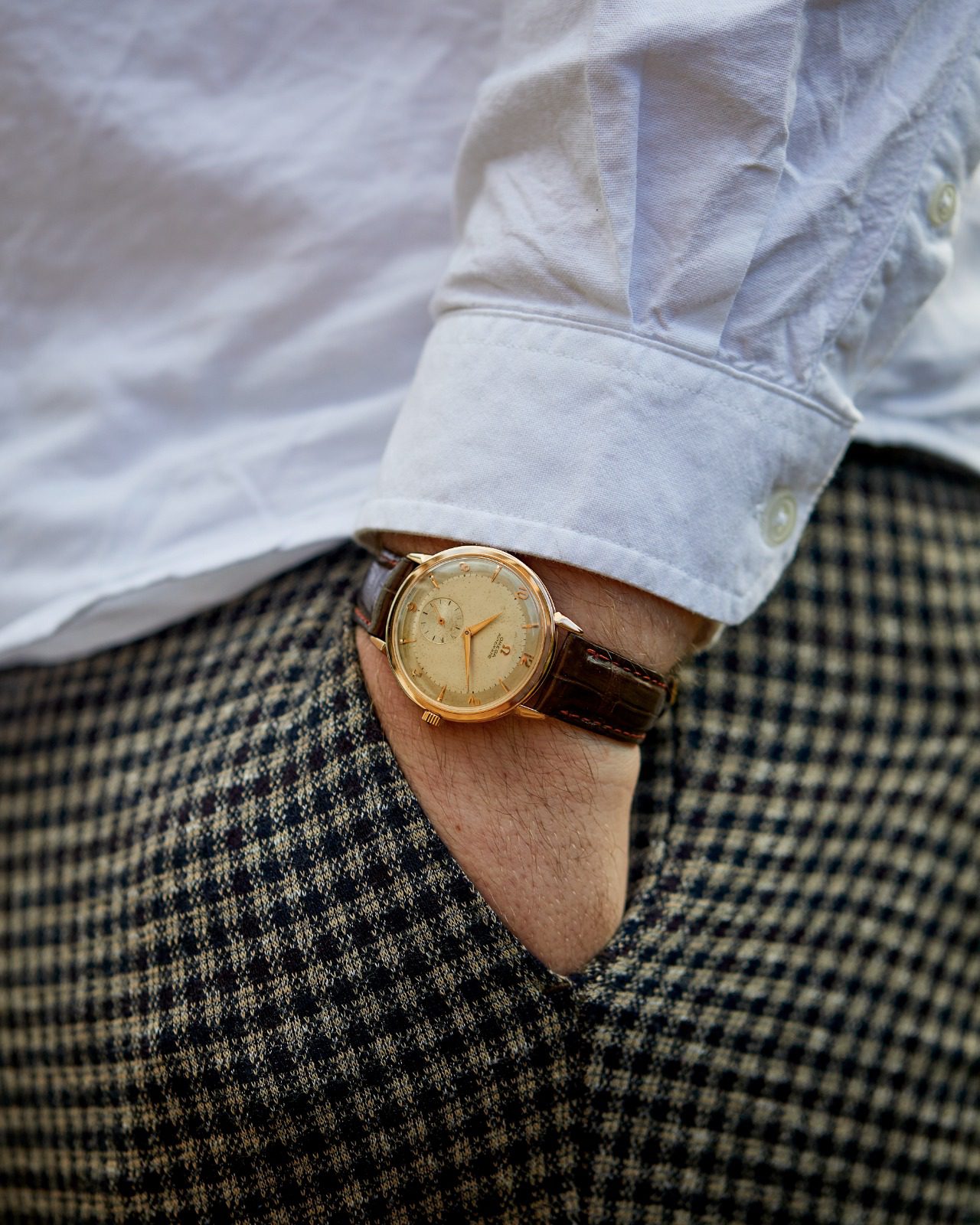
Should you get your watch serviced professionally?
Servicing a watch is a highly complex task which requires a technical understanding of the fundamentals of watch movement design, assembly, operation and maintenance. It also needs very steady hands and a certain skill born from years of experience – not to mention numerous watchmaker’s tools, oils, special lights and a workbench. Then of course you’ll need limitless patience. For most watch enthusiasts this is something they wouldn’t dream of attempting themselves, especially on an expensive or irreplaceable timepiece.
However if you are the exception and are keen to learn and develop the necessary skills and experience to achieve this, it is of course possible, given enough time, dedication and perseverance. We’d recommend beginning with a few YouTube videos to get some appreciation of what’s involved. Then buy some cheaper tools and broken watches to investigate and play with. Then if you enjoy dismantling and assembling broken watches and trying to fix them, you might consider enrolling in a watchmaker’s training course. You’ll need access to watch parts and ongoing training. You’ll only begin to develop some competency after hundreds of hours of study and experience. Only then will you be able to take on your first proper service of a watch of any value.
Note: servicing any watch will always require the utmost care and attention, as there will always be the potential for doing more harm than good to a watch.
As you may now be beginning to appreciate, you should not dream of touching the internals of your watch without the required skills, qualifications and experience. So if you want the best for your timepiece, the service, repairs and restoration team at Vintage Gold Watches will happily service your watch for you. We have many years of experience buying, selling and supporting vintage watches. Our expert watchmakers, watch case restorers and watch dial restorers guarantee to do amazing work for you. So before making any sudden moves trying to pry open your watch, check out our servicing options, or call and ask for Alan or Brian at 0207 727 7095 (or +44 207 727 7095 outside the UK) or email [email protected].
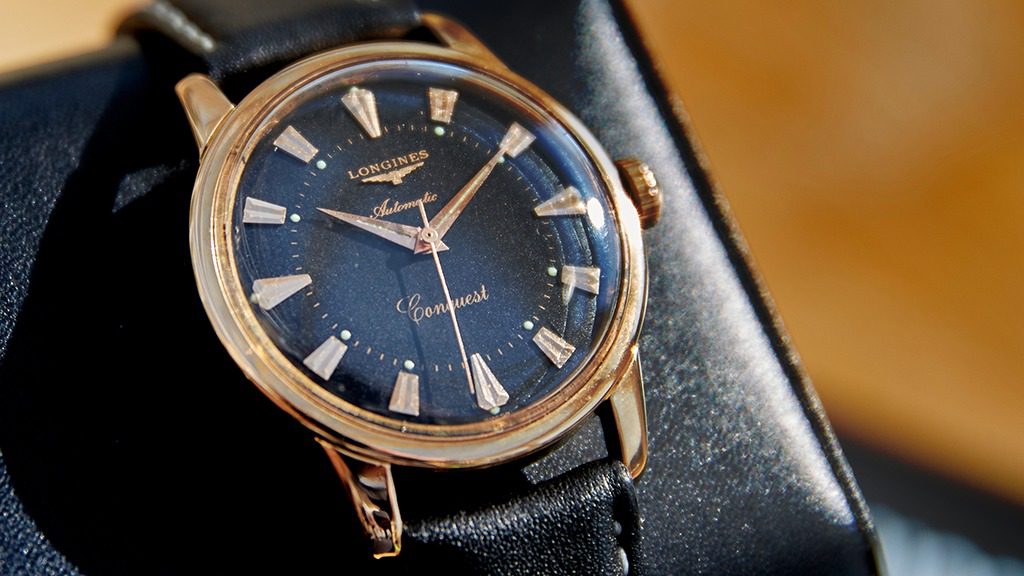
How often should you service your watch?
The frequency with which you should service your watch will vary depending on the type of watch you have and how you use it. A good rule of thumb for mechanical watches powered by a wound flat mainspring requires servicing every three to five years. Battery-powered quartz watches generally do not need servicing, but it is still a good idea to have them checked when its time to change the battery. Of course, these time frames will vary depending on your individual watch and how often you use it. If you wear your watch most days and particularly if you expose it to water, dirt, or other harsh elements, it may need more frequent care.
It is also important to keep in mind that if you notice any issues with your watch, such as damage, inaccurate timekeeping or unusual noises, we recommend servicing it as soon as possible.
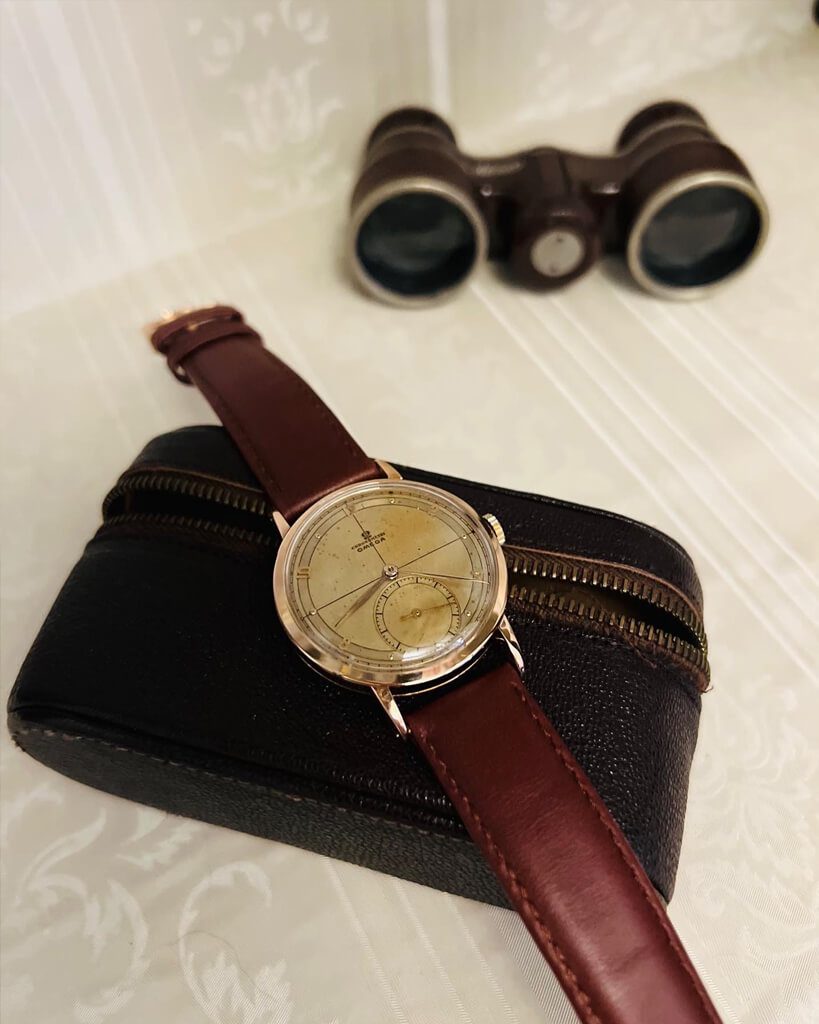
What is involved in servicing a watch and which parts need to be checked?
The movement: This is the inner mechanism of a watch that keeps time and powers all its functions. The mainspring drives the watch movement and this will become weaker over time. For this reason the mainspring is often replaced as part of a service.
It is critical that the watch owner along with the watch case, lens and crown keep the movement clean and dry. Water, and particularly salt water can easily destroy a watch movement.
The crystal or lens: this is the clear cover that protects the watch face. It should be free of scratches and cracks. However, some marks on vintage pieces may be acceptable.
The hands: the hands on the watch should move smoothly around the face and be precisely aligned at midnight. They must not catch on any of the dial furnishings or on each other. This is one of the more common causes of a watch which won’t run, or won’t run reliably.
The case and case back: the casing houses all the delicate components. They should be airtight to keep out dirt and moisture.
The crown: this is the button on the side of the watch that is used to wind the watch and set the time. It should turn smoothly and be seated snugly in the case. If it is a waterproof screw down crown, it should work properly and always be kept screwed down.
The strap, band or bracelet: used to hold the watch around your wrist. The strap, band or bracelet, usually either leather, steel, or gold, should be in good condition and reliably hold the watch in place and be properly secured at the watch case.
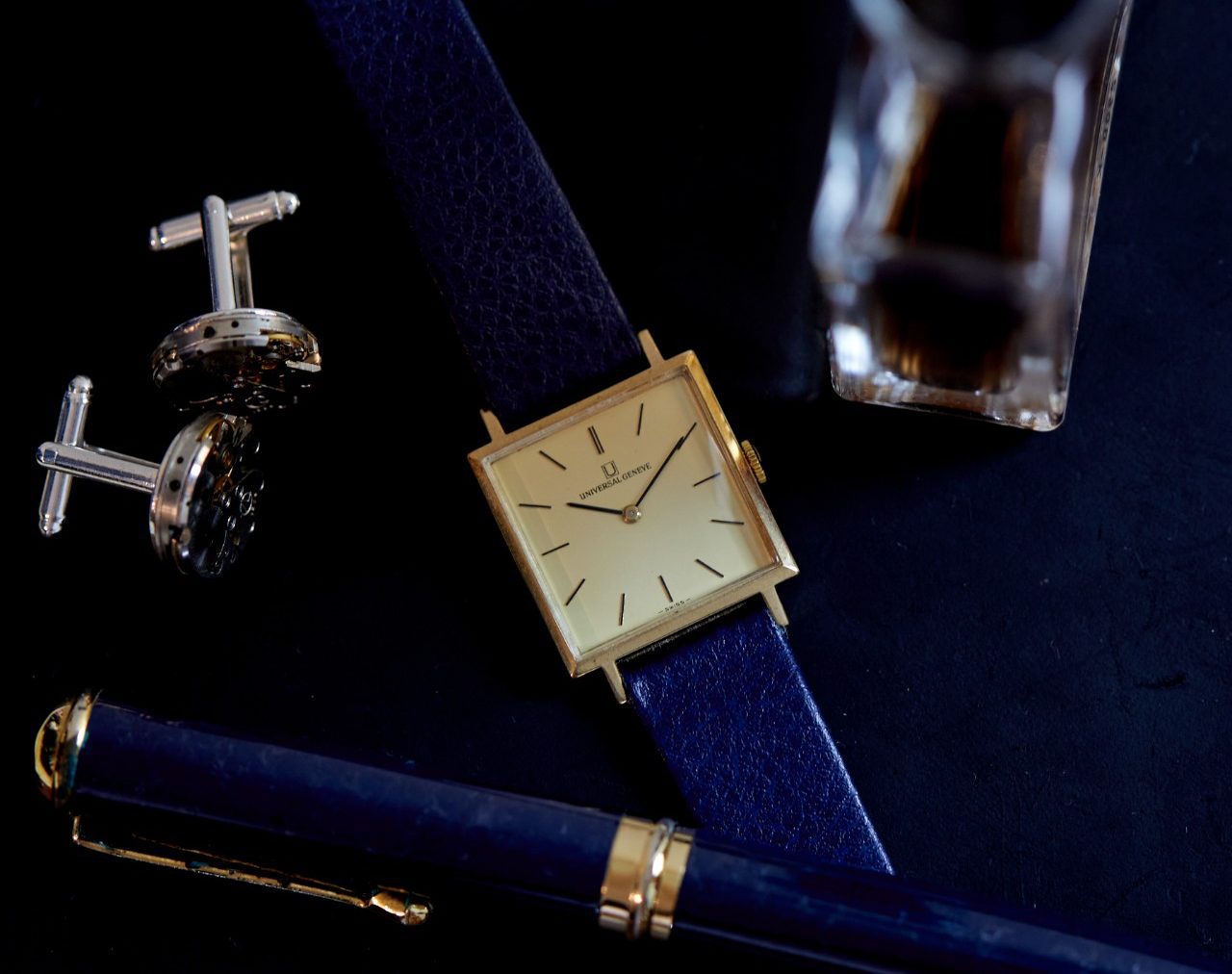
Servicing Rolex and Omega watches
Watches from most brands will need specialist parts or require unique tools and techniques to service their movements. This is the case in particular for Rolex and Omega, but many of these points often apply to all brands depending on the sophistication of their movements.
It may seem obvious, but it’s important to only use genuine parts and recommended oils. This includes everything from seals, to the crown and crystal. The same goes for the tools, which brands such as Rolex have created specifically for the vast majority of their watches. Follow manufacturers disassembly and reassembly guides to avoid damage. Brands use certain types of lubricants to clean and oil the movement. Any deviation in this could result in the poor performance of your watch.
How to service your watch,
step-by-step
Should you still decide you wish to try this yourself, we’ve put together a very basic step-by-step guide to help you understand the process of servicing a watch yourself.
First, gather all the necessary tools and materials. At the very least you will need a loupe or magnifying glass, a case opener, a screwdriver set, a tweezers set, a watch movement holder, watch hand removers, some cleaning solution and an ultrasonic bath and a range of lubrication oils. Lastly, to test and calibrate the watch following the service you will need an electronic watch test machine. Use a good quality case opener to gently pry off the back of the watch. Some case backs are screw-down and will require special tools to remove.
Remove the movement. Once the case back has been removed, you will see the movement. Use screwdrivers to release the screws and clamps which hold the movement in place. Use tweezers to carefully remove the movement with the dial from the case. You must avoid dropping it or any sudden impacts. You must then remove the hands being very careful not to scratch the dial. This must be done with a dial protector and hand levers or a hand puller. The dial must then be removed from the movement. The dial is usually secured by three dial posts which are locked to the movement by rotating cams. These can be turned with screwdrivers to release the dial.
Disassemble and then use a cleaning solution in an ultrasonic bath to gently clean the movement. Be sure to remove any dirt or debris that may be stuck in hard-to-reach places. Examine the critical parts of the movement with magnifying goggles, a loupe and microscope for signs of damage or wear. Look for broken or bent parts, and check all the wheels, gears and springs function well. Once you have cleaned and inspected the movement, it’s time to reassemble it and attach the dial and hands. Then place the movement in the case and use the tweezers to locate it, and screwdrivers to secure it in place.
Before closing the case back, it’s time to test the watch to ensure it is functioning properly. Wind the watch and set the time, and allow it to run for a few hours in various positions to ensure it is keeping an accurate time. Calibrating the movement is done by adjusting the regulator on the top of the balance wheel. This can take a great deal of time and an electronic watch test machine will help speed up this process enormously.
Once you are sure the watch is running accurately, use your thumbs on the outer edge of the case back to gently press it back into place, or use a screw back case tool to re-tighten the case back. It’s safe to assume a watch more than 50 years old will not be reliably waterproof, even if this was specified when new. So there is little point testing this following a service.
Clean the case, lens, bracelet and strap. Wipe these with a cloth and cleaning solution to remove any dirt or fingerprints. Use appropriate polishing cloth. We recommend those supplied by Town Talk Polish Co. Use some watch strap reconditioning oil for rejuvenating the strap. We recommend Fieblings Mink Oil Liquid for this. Just the very tiniest amount of mink oil, say every 6 months, will help keep your watch strap in its best condition. For cleaning and polishing a watch lens, we recommend Polywatch. Polywatch produces tubes of lens polisher for both acrylic and glass lenses.
Incidentally, all the above products are included in a complimentary Vintage Watch Care Kit supplied free of charge with every vintage gold watch sold in the U.K. by Vintage Gold Watches London.
This is a very basic overview of servicing a watch. As we have already mentioned, we would always advise getting your watch serviced professionally.
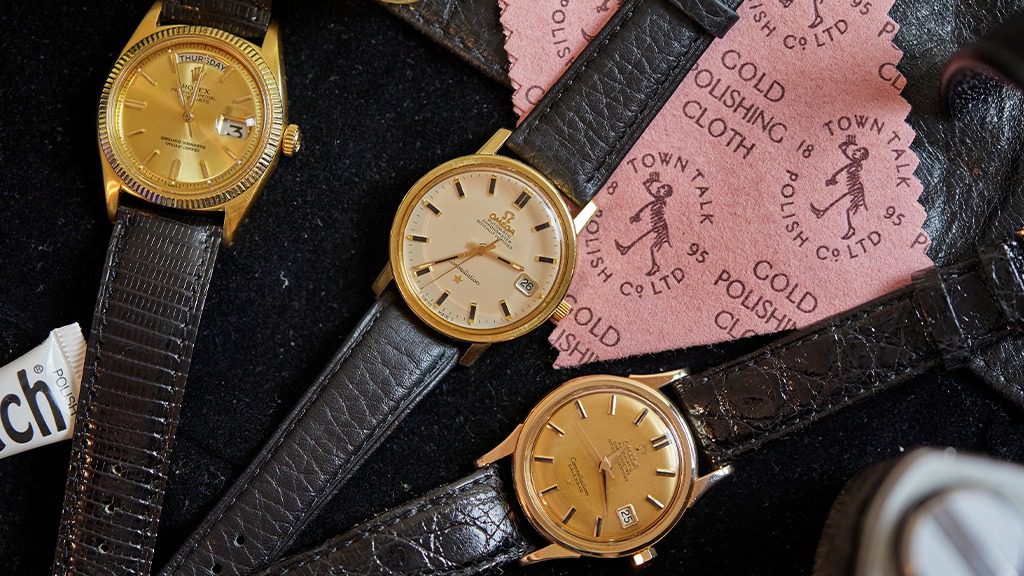
Is it recommended to service a vintage watch?
Vintage watches with miles on the clock may require special attention. Like anything in life, the older and more worn the components get, the more likely they are to need parts replacing. However, and this is a major caveat, you will almost certainly regret it if you begin tinkering with a vintage watch yourself. They will likely require specialist tools and parts which you may not be able to acquire. Repairs for newer or more affordable watches are more accessible to a professional watchmaker with standardised tools and there is less risk involved in the process. Mistakes with a vintage watch can be more expensive and you are unlikely to be able to recoup what you paid for it if you decide to sell your broken watch. But if you enjoy your vintage watch and wear it often, go ahead and have it serviced! Your best option is to have it checked with us here at Vintage Gold Watches, as we handle classic timepieces every day to an impeccable standard. We have a great team of watchmakers who we’ve worked with for many years. They have successfully serviced, repaired and restored literally thousands of vintage watches for us.
How much will a watch service cost and how long will it take?
Servicing a watch professionally takes enormous skill, time and extreme attention to detail, especially when we come across any issues that must be addressed. Sometimes, we receive watches in a well-used condition and we need to give them the time and attention they deserve to restore them to their full glory. Upon return, you can expect a beautifully restored, full functioning and reliable watch you can be proud to own.
We love servicing our specialist brand watches, including Rolex, Vacheron & Constantin, Patek Philippe, IWC, Omega, Jaeger-LeCoultre, Zenith, Longines, Heuer and Universal Geneve Girard Perregaux, but we are also happy to work on watches outside these makes.
Our service process involves stripping the movement down to all its component parts. There are often around 300 parts in even the most simple watch and around double this amount in a chronograph or other complicated watch. Once the watch movement is completely disassembled and all the parts have been cleaned in a special solvent, each of the more critical components will be inspected under a microscope for wear and to check these are within prescribed tolerances. Any worn or damaged parts will be replaced by manufacturer’s originals and the movement will be reassembled, oiled and adjusted in line with the manufacturer’s guidelines. The watch will then be calibrated and tested in five positions over 24 hours. If necessary the watch will then be recalibrated and retested. In addition to servicing the movement several other parts will need to be checked.
The estimated service cost with the Vintage Gold Watches team are:
- £395.00 for a hand-wound watch
- £495.00 for an automatic watch
- £645.00 for a chronograph
For more details please see Servicing Repairs and Restoration here.
Please allow us two to three weeks to service your watch. This is our usual turnaround and most simple services and simple repairs can be completed within this time frame. However watchmakers will not be rushed and sometimes, some tasks can take a little longer, especially when we are busy or during the Christmas holidays.
Please note that these are estimated prices and may very occasionally be exceeded, as they do not include parts other than regular consumables. For more details email [email protected] on call 0207 727 7095 (+44 207 727 7095 outside the UK).



